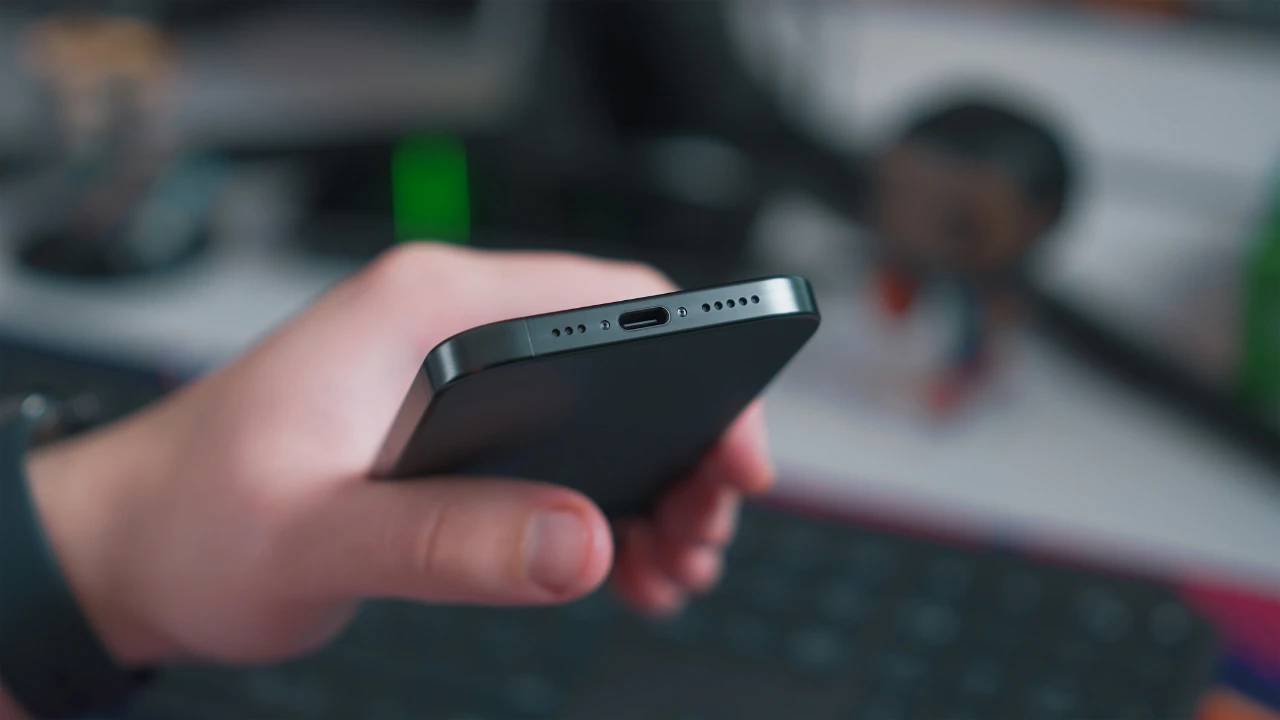

Sound problems on your iPhone can have a big impact on your experience. Whether it's notifications not sounding, music and videos muted, or even poor sound quality, these issues can be inconvenient for you. But don’t worry, because fixing most iPhone sound problems is usually not complicated and requires just some simple troubleshooting.
Let’s start with the basics, an area that is often overlooked but is crucial to solving sound problems.
Software settings are often the key to solving sound problems. Here's what you should look at:
Bluetooth connectivity is great for wireless listening, but it can sometimes unexpectedly change the routing of your sound.
Sometimes, the simplest solutions are the most effective.
The physical condition of your iPhone can also affect sound quality.
Software updates and resetting settings can also play a key role.
For iPhone 12/12 Pro users, Apple has acknowledged the known receiver module issue and is offering a dedicated service plan for affected devices. Additionally, if the sound issue is limited to a specific app, consider updating the app or contacting the app developer.
The above is the detailed content of iPhone sound issues? Here's how to fix them. For more information, please follow other related articles on the PHP Chinese website!
 How to light up Douyin close friends moment
How to light up Douyin close friends moment
 microsoft project
microsoft project
 What is phased array radar
What is phased array radar
 How to use fusioncharts.js
How to use fusioncharts.js
 Yiou trading software download
Yiou trading software download
 The latest ranking of the top ten exchanges in the currency circle
The latest ranking of the top ten exchanges in the currency circle
 What to do if win8wifi connection is not available
What to do if win8wifi connection is not available
 How to recover files emptied from Recycle Bin
How to recover files emptied from Recycle Bin




